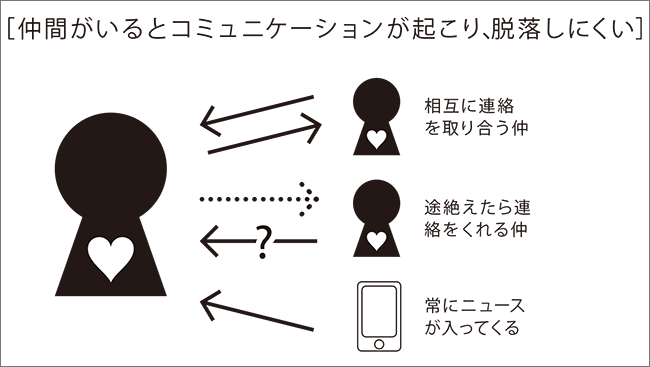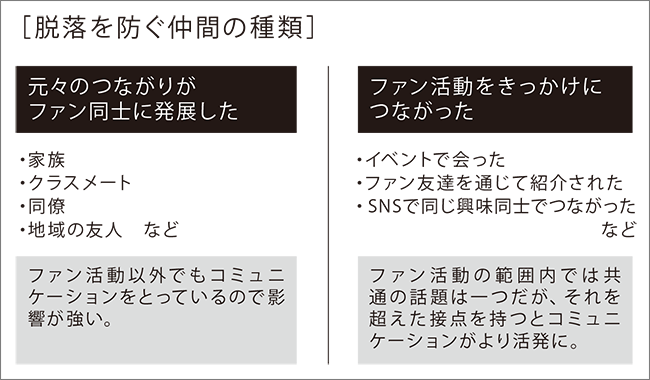Hello. This is the third installment of the "Fan Strategy" column, which explores fan marketing through the lens of communication between senders (providers of goods or services) and receivers (fans of those goods or services). This time, we'll tackle the challenge of "preventing drop-off."
Among those reading this article, some may have experienced something like: "There was an idol I used to adore, but I don't feel that way anymore," or "I used to frequent that shop often, but I haven't been lately," or "That brand loved by three generations of my family? I don't use it much myself."
Dieting, studying, or work are easier to stay motivated for when you have a target goal. But obsessive fandom (≈ becoming a fan) has no target, no goal. There are no KPIs. That's why it's easy to lose fans.
What prevents falling out is the presence of "comrades."
In the previous column, I wrote that to sustain a fan's feelings, you need to activate the "word-power switch." In other words, declaring your fandom to a third party creates a virtuous cycle, making it easier to maintain your obsession (and sometimes even increasing its intensity).
Situations prone to falling out are the opposite.
Take dieting, for example. While some succeed through solo effort, it's said that making some kind of "public declaration"—like keeping records or telling acquaintances—significantly boosts success rates. Nowadays, apps offer advice and help gather peers, right?
If you do it alone without telling anyone, whether you quit or keep going, no one else will know. On the other hand, if you make a declaration or keep records, it becomes painfully obvious when you quit.
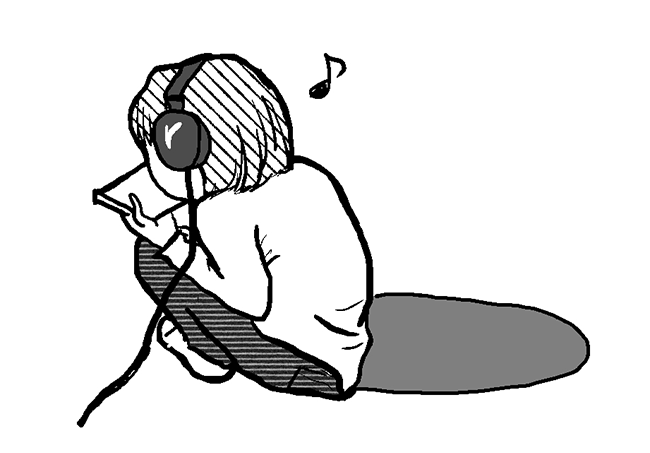
If you secretly like something alone, even if you're about to drop out, no one will stop you.
In other words, keeping it to yourself means your obsession becomes self-contained. It's less influenced by other people or your environment, and there's nothing to stop you from quitting.
Not telling anyone = no one stopping you. This "secret, solitary liking" situation is precisely where the intensity of your obsession is most likely to fade.
Considering this, the thing that prevents you from giving up... is, quite simply, "friends." Having friends who share your fandom and can communicate with you makes it harder to give up.
I have a long-time partner who shares my fandom activities. If I start to lose interest, they give me a stern talking-to. Companionship acts as a deterrent.
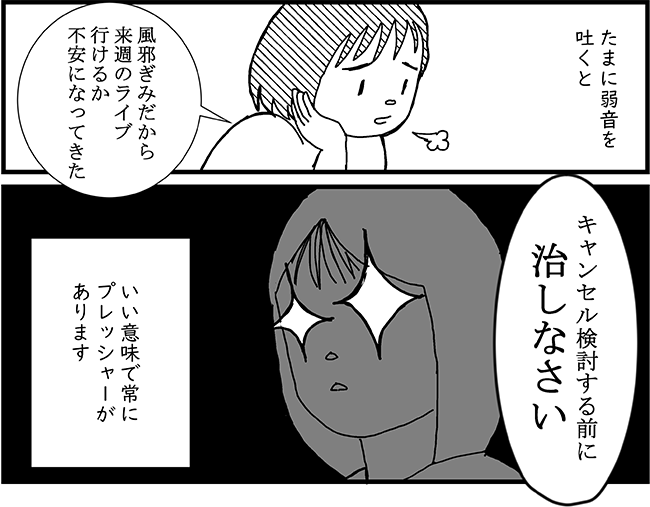
Sometimes they can be pressure, but friends are a deterrent
There are different kinds of such companions.
They don't necessarily have to be real-life friends; sometimes they're people you follow or who follow you on social media. Even so, if you regularly get information and feel inspired, they can be considered companions.
How to Flip the "Peer Switch"
If you, the readers of this column, are on the "sender" side, I recommend not just waiting for fans to naturally become companions, but actively initiating it. There are several patterns for this.
・Create situations where existing friends can easily participate together
For example, if a fan is usually active alone, create a situation where they can easily invite friends they normally hang out with. This could mean making an event that requires multiple participants.
・Create opportunities for fans to connect
This connects people who weren't originally friends. However, since they might initially have nothing in common besides being fans, creating shared ground is necessary. Grouping fans as "Team XX" is one approach. Making it easy to search for friends online using keywords or adding hashtags is also effective.
・Create places or platforms for recipients to connect
This involves creating a "space"—whether in person or online—and implementing mechanisms to encourage conversation among those who gather there. On social media, Twitter tends to facilitate connections between users and foster movements. For instance, in a sports campaign, using a dedicated hashtag can rally fans around a single topic, sparking excitement and spreading the word.
While the term "community" often conjures images of deep bonds, simply creating light connections where people can share excitement over the same topic is perfectly sufficient.
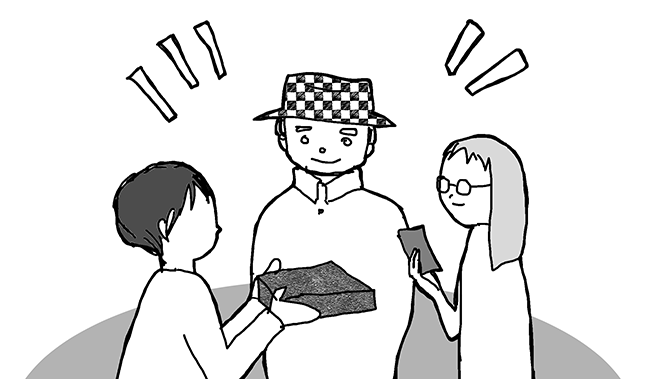
Both light-hearted and deep connections are perfectly fine
However, forcing people to be "friends" is a big no-no. Everyone has their own style of fandom, and forcing "friendship" can become a pressure point. Be mindful of this. Find the right balance where the audience feels comfortable – sometimes sharing excitement together, other times just loosely connected.
The next theme is "Self-Driven Engagement." Some creators might feel overwhelmed after gaining fans, thinking, "This requires constant commitment and takes a lot of energy..." Honestly, you probably wish your fans would just get excited and run with it themselves... I'd like to share some hints to help make that wish come true.
The book also covers the latest case studies and social media strategies that couldn't be fully covered here, so I highly recommend giving it a read.

The book is now available! Details
here.


